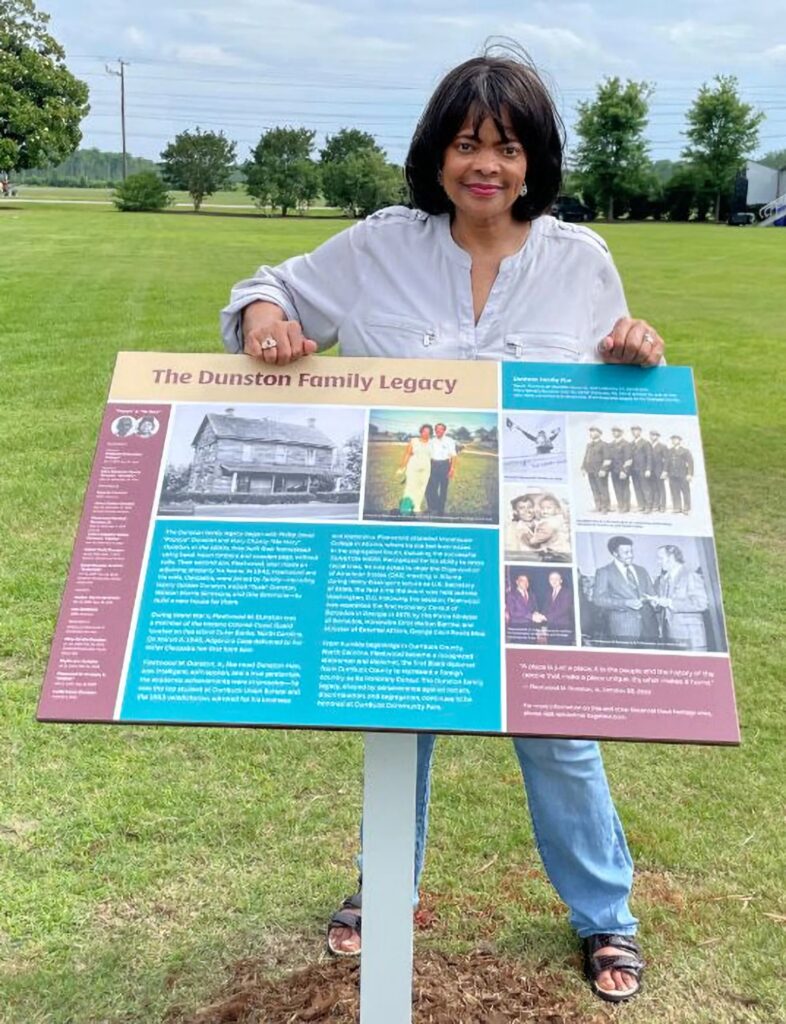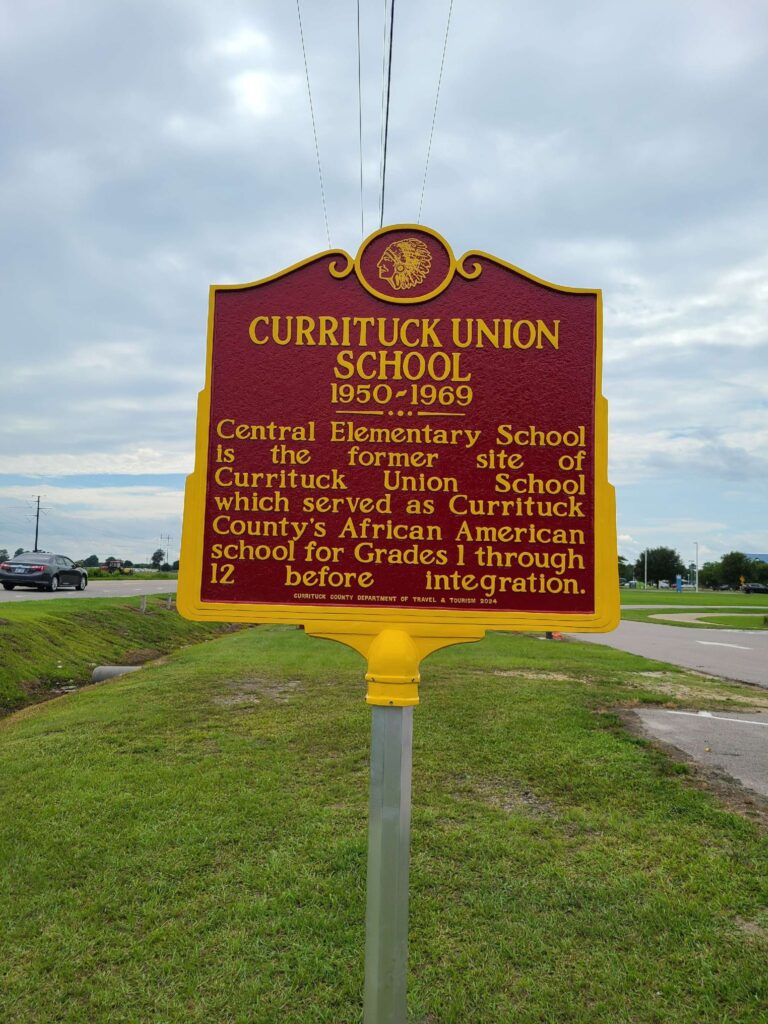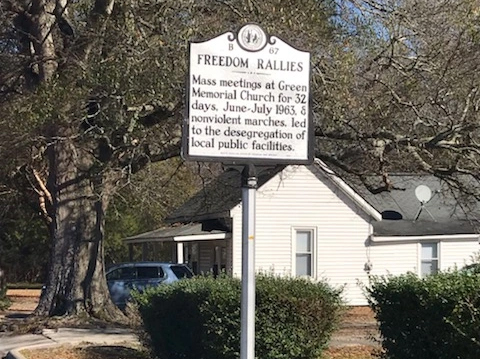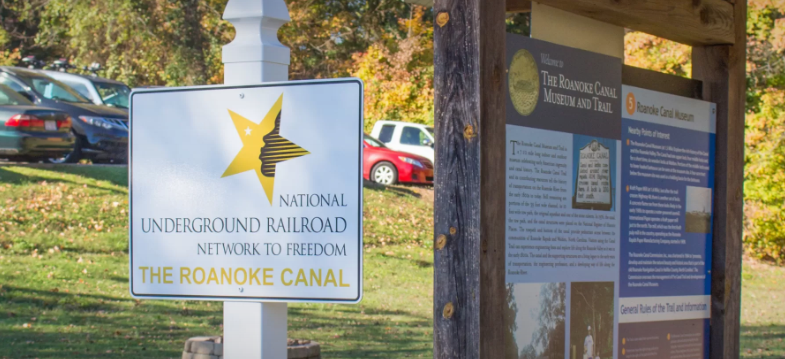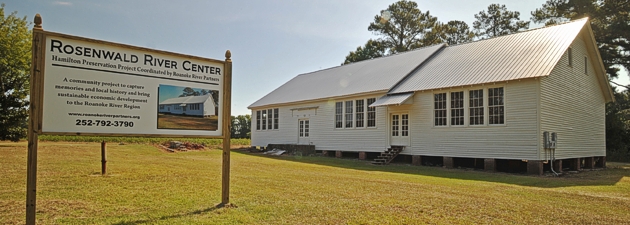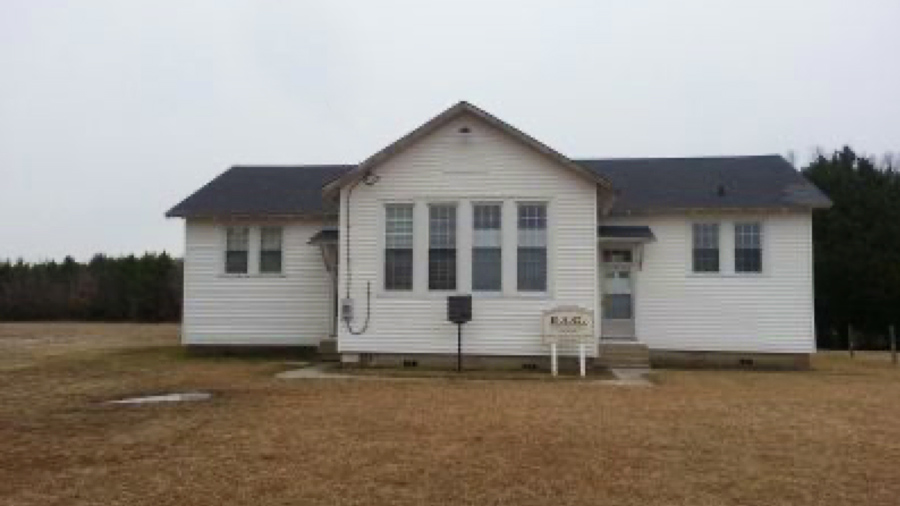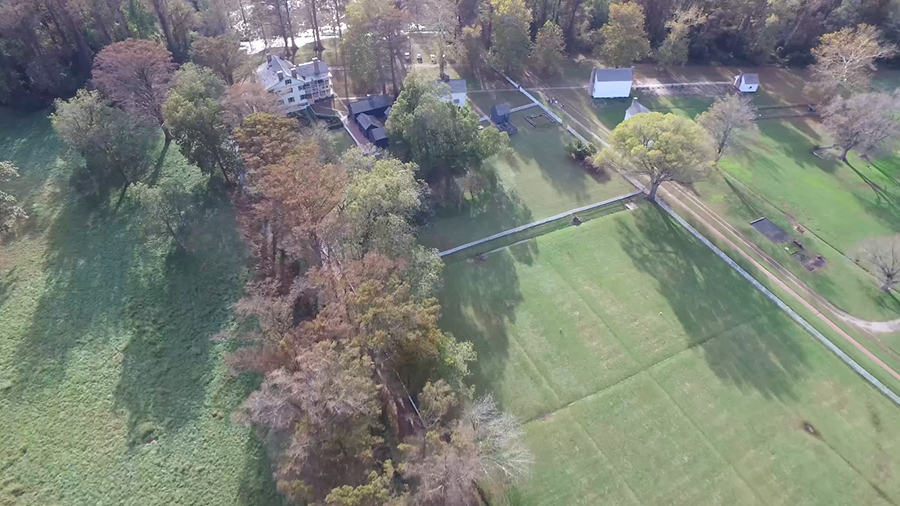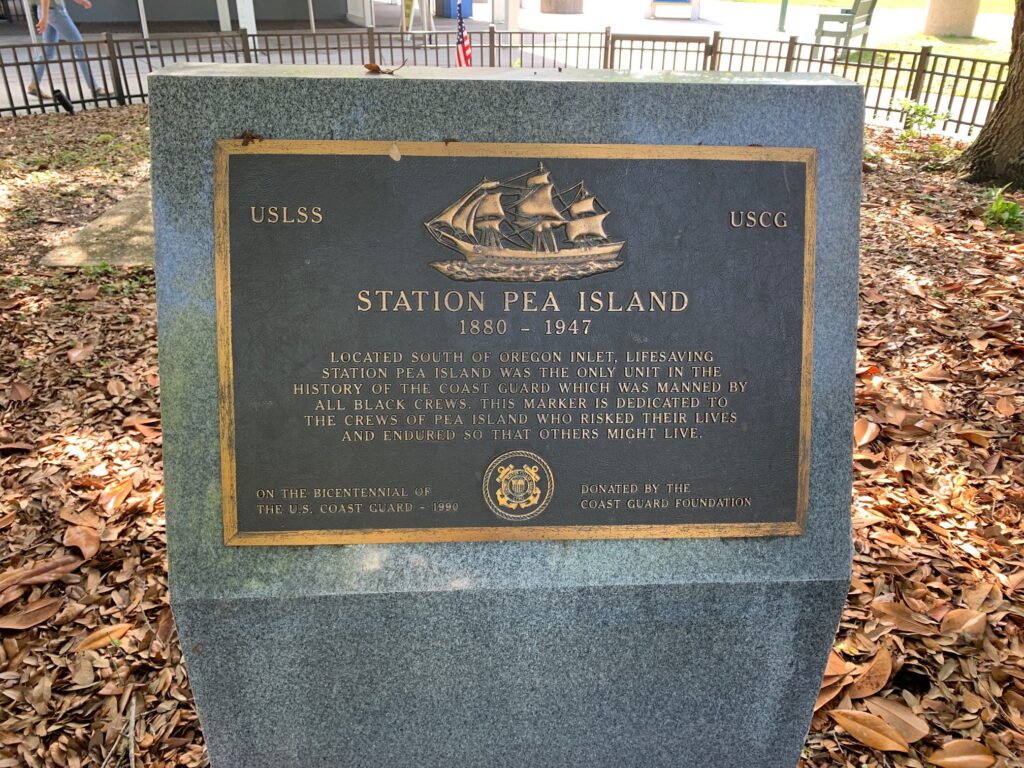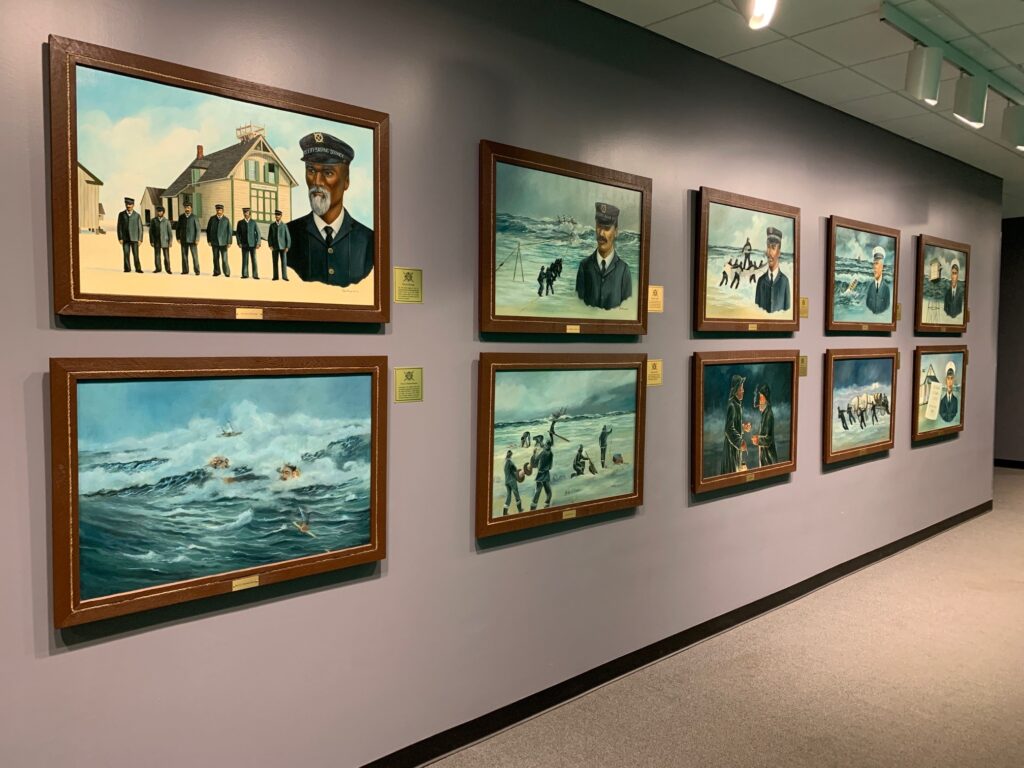Dunston Family Historical Interpretive Sign
The Dunston family has played a significant role in the history of Currituck County, North Carolina, particularly within the African American community. Their legacy encompasses landownership, education, and community leadership, reflecting a broader narrative of resilience and achievement. An interpretive sign documenting significant events of family can be viewed at Currituck Community Park. One of […]
Dunston Family Historical Interpretive Sign Read More »

